When UFOs First Came to Great Falls
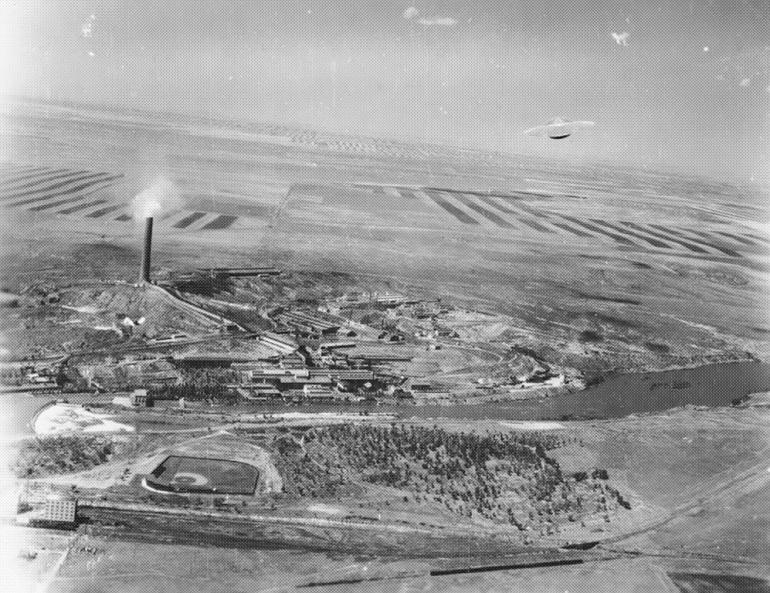
In 1950, America was in the grip of flying saucer mania.
It was only three years since 1947, a watershed year in which Kenneth Arnold saw mysterious discs sailing above Mount Rainier, and something initially reported to be a flying saucer crashed into the desert near Roswell, New Mexico. By the morning of August 15, 1950, when a Great Falls softball manager managed to take a few seconds of 16 mm color film of something strange in the sky, America was in the grip of UFO fever.
A post-war American public both wary of and excited by the possibilities of new technologies had, in just a few short years, become utterly, irrevocably familiar with a strange new lingo made up of words like UFO and flying saucer, little green men and "aliens."
So it's probably fair to say that Nick Mariana, manager of the Great Falls Electrics, and his 19-year-old secretary Virginia Raunig had heard of UFOs as they walked over the baseball field to check the wind direction ahead of an upcoming game.
But it would be a stretch to say they expected to see a pair of them soaring at what seemed like an impossible speed through the blue sky, glinting in the bright morning light of late summer.
This was seven years before the USSR sent Sputnik, the first manufactured satellite to orbit our planet, beeping into the ionosphere. It was eight years before we would put our own satellite into space. In short, there were far fewer objects in the sky—especially the daylit sky—than now. If it was in the sky, and if it wasn't an airplane or a dirigible, it was a bird, bug, or bat. Or a UFO, of course.
You have to admire ole Nick Mariana. He was a man ahead of his time. Most people back then, finding themselves staring at something they didn't understand, something apparently flouting the laws of aerodynamics, didn't reach for their camera. This was well before the era of TikTok (or Tic Tac UAPs), and most people didn't have a camera at hand, to say nothing of the impulse to pick it up and point it at something. But our man Mariana happened to have a 16 mm color camera in his car. He ran to retrieve it, precious seconds ticking away as the pair of white objects barrelled through the sky. He managed to capture a few seconds of the objects as they traveled south out of the northwest. According to Mariana, speaking to an investigator for the 1956 documentary "Unidentified Flying Objects: The True Story of Flying Saucers," the objects were "fifty feet across" and "fifty yards apart" from each other. They had no wings, no appendages, and no apparent method of propulsion. He estimated their height at 5,000 feet, and noticed they seemed to be spinning.

He whipped the camera into place, sighted the craft through the viewfinder, and began shooting. He managed to follow them as they passed behind a water tower, losing sight of them after they went behind the tower and into the blue sky to the southeast. He produced about 16 seconds of footage.
He couldn't have known it then, but he had just filmed the first known UFO video, a genre that has become very familiar to Americans (and the world) in the 70 years since.
Seconds later, two F-94 jets roared overhead, racing to the south.
Just hours later, the Great Falls Evening Leader reported on the mystery, printing that Marianas "hopes to have photographic proof for skeptics," and that the footage, once developed, "will verify what he hopes isn't failing eyesight," and concludes by saying that, as far as the question of the identity of the objects goes, the "high-flying baseball version may be more acceptable to Great Falls residents than 'flying saucers.'"
From the beginning of UFOlogy proper, the field has been plagued by those twin specters, official obfuscation and showboating crankery, opposite sides of the same vexatious coin. In the case of the so-called Mariana video, while it is difficult to quantify their influence, these elements were almost certainly both at play.
The first supposedly reared its head after the video was sent to, or rather demanded by, the Air Force. According to Mariana, he was contacted by a local representative of the Air Force Office of Special Investigations. He agreed, more or less, to let the Air Force look at the video. It was sent to Wright-Patterson AFB, familiar to UFO wonks everywhere as second only to Groom Lake when it comes to being officially mysterious.
A few days later, the Air Force issued a press release saying the video was "too dark to distinguish any recognizable objects." This was patently false, as you can judge for yourself by watching the footage. Then the Air Force sent the footage back (a little surprising, frankly). After reviewing the film, Mariana claimed that some 35 frames, or about a second and a half, had been cut from the footage. That particular moment, he claimed, had mostly clearly shown the objects' shape and spin, and an evident notch that ran around their perimeter. The Air Force, unsurprisingly, denied making the alteration.
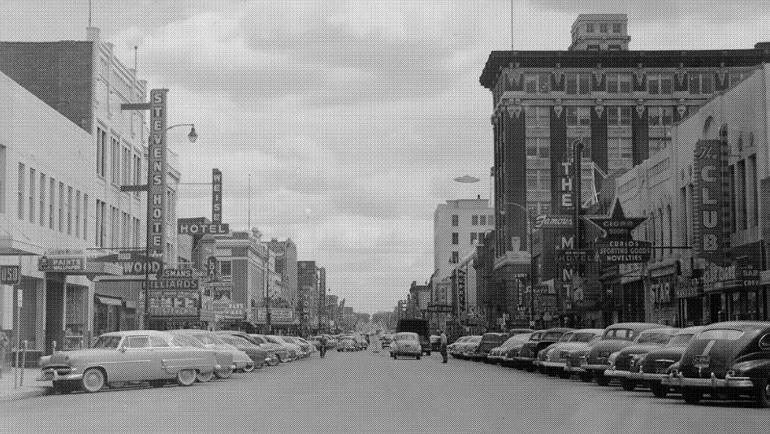
Two years later, Project Blue Book, the official Air Force investigatory body tasked with studying UFOs, requested to look at the footage again, and once again Mariana sent the footage. This time, he stipulated, they could only review the footage if they didn't make any cuts. After reviewing the footage (and noting that it appeared to have been torn and repaired with cellulose tape), Project Blue Book concluded that the objects were the reflections of the two passing jets, which satisfied no one.
In between the development of the footage and its being handed off to the Air Force, Mariana had screened it a number of times to friends and interested folks in Great Falls. Later, many of them would recall having seen the earlier, unaltered film.
Tony Dalich was the owner of Allsports Supply Co., a sporting goods store at which Mariana had screened the film. He saw it before and after the alleged Air Force intervention, and he estimated that "two or three feet of film" were missing from the version he later saw on television. E.P. Furlong of the Great Falls Tribune also remembered a longer version after seeing the film when it appeared on the 1956 documentary special.
Perhaps the most damning evidence for Air Force tampering is a simple matter of arithmetic. Captain John Brynildsen, the special investigator from Great Falls who forwarded the film to Wright-Patterson, wrote a letter saying that he had some fifteen feet of film to submit. But Brynildsen had told a Great Falls Tribune reporter two days before that he had picked up eight feet of film. Today the footage, held in the National Archives, is a little over six feet of celluloid.
Again, somebody was lying. Either the Air Force lied about the length of the footage and whether they had altered it, or Mariana lied about the original length of his film. Which one seems likelier? The subsequent 70 years of UFOlogy would suggest the former, as neither the intelligence agencies nor the armed forces have been forthcoming on the subject. As recently as late July, a whistleblower told Congress that witnesses had even, in some cases, been hurt or killed to keep "flying saucer" secrets quiet.
On the other hand, Mariana had something of a reputation as a showman. He claimed almost supernatural powers in his ability to predict which players would pan out, and was never above a good promotional opportunity. The most significant evidence against his credibility comes from a story collected twenty years after his death.
His secretary Virginia, dubbed Witness II in the Blue Book report, also claimed to have seen the craft. Yet in a Great Falls Tribune article written in the 2008, the writer contacted her to interview her and got her husband. The reporter asked if Virginia had anything to add, all these years later, to the Mariana footage narrative.
"Well, I'll tell you this," her husband told the reporter, "he threatened to have her job if she didn't cooperate."
And yet, what did Mariana have to gain from claiming that the footage was real, and repeatedly submitting it to the Air Force? And even if Mariana did lie about the Air Force editing his footage, the question remains as to what the objects really were. It seems clear they couldn't have been the reflections of passing jets, a judgment later refuted even by the notoriously skeptical Condon committee, whose investigator would, in 1966, proclaim that the F-34 reflection explanation "conflicts with some of the soft data."
"It is judged reasonable," the report concluded, "only to regard this object as unidentified."


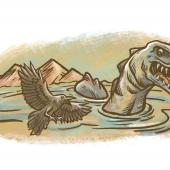

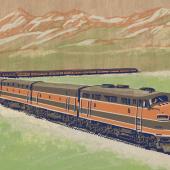
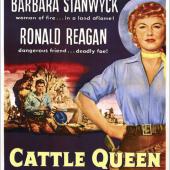
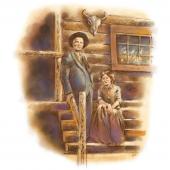
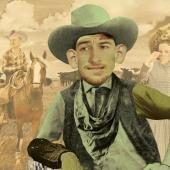
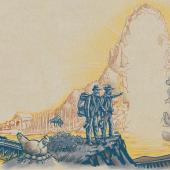


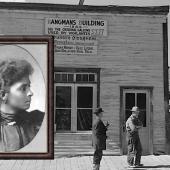
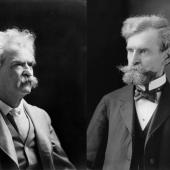
Leave a Comment Here